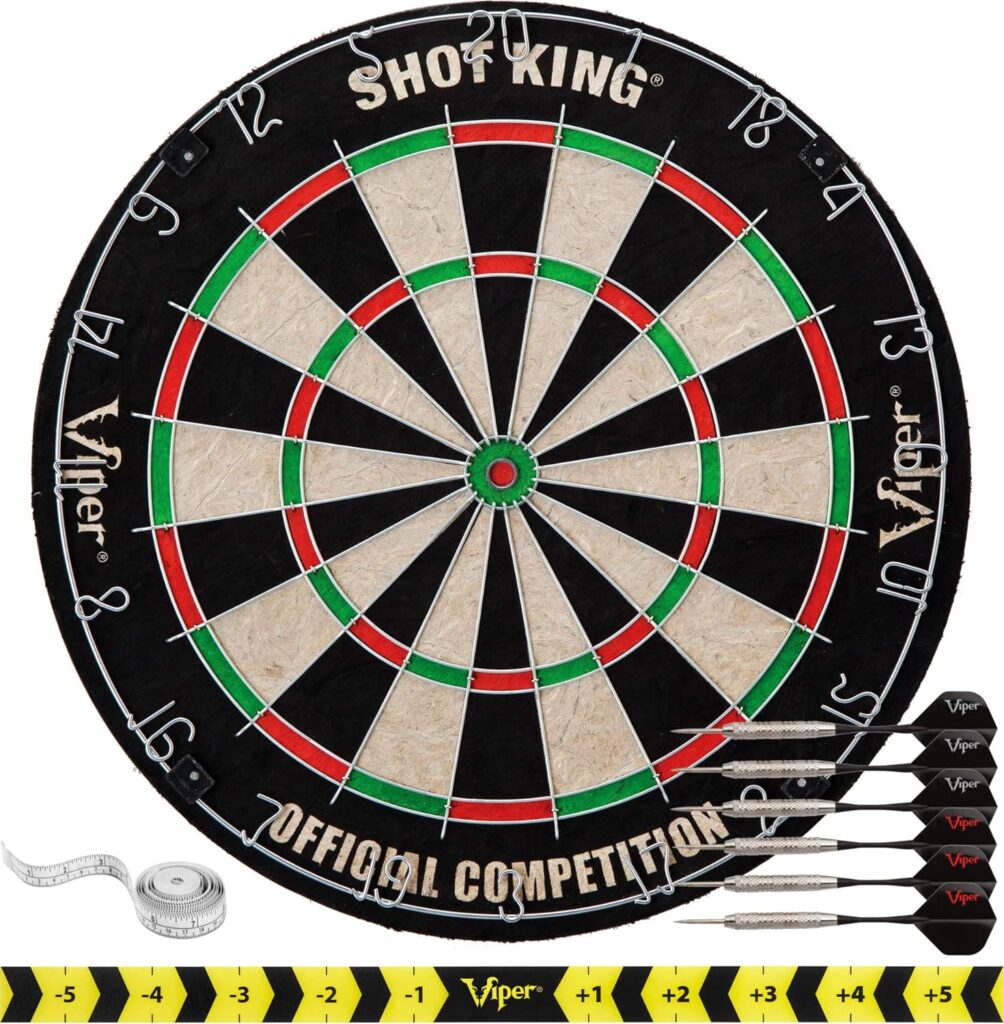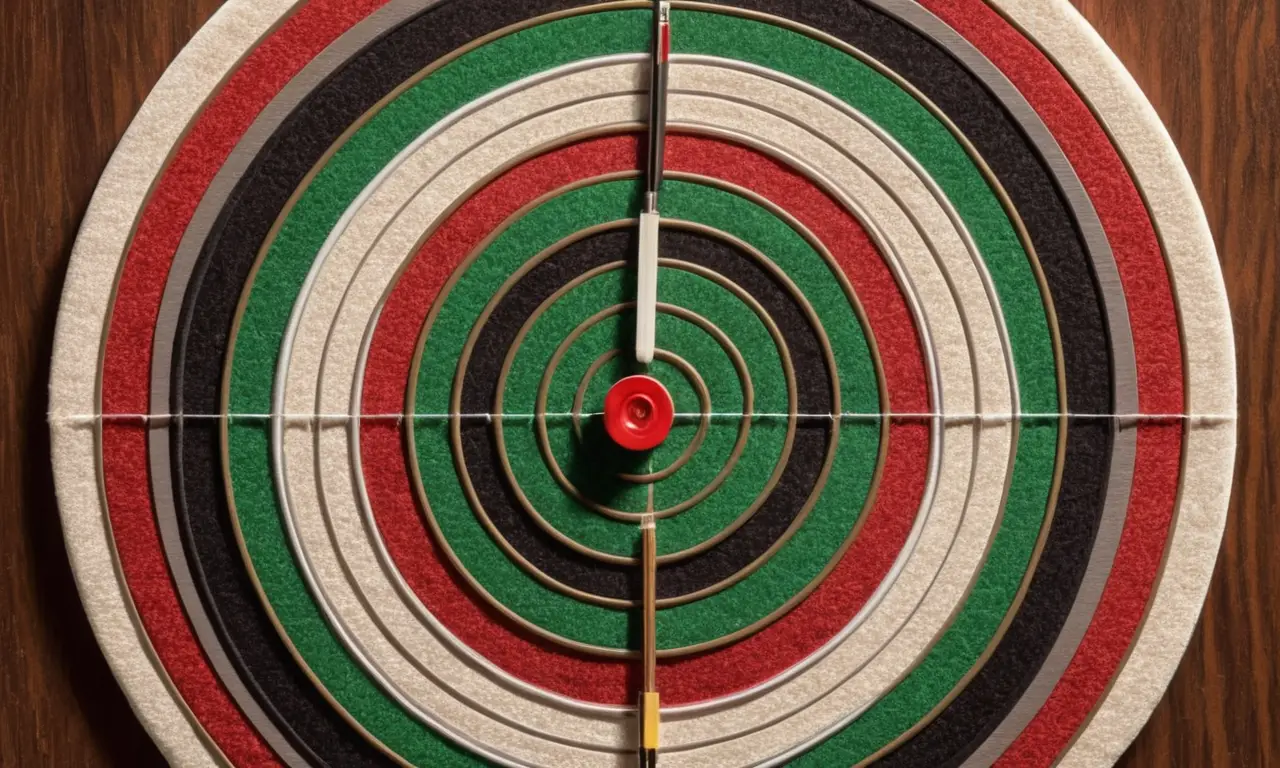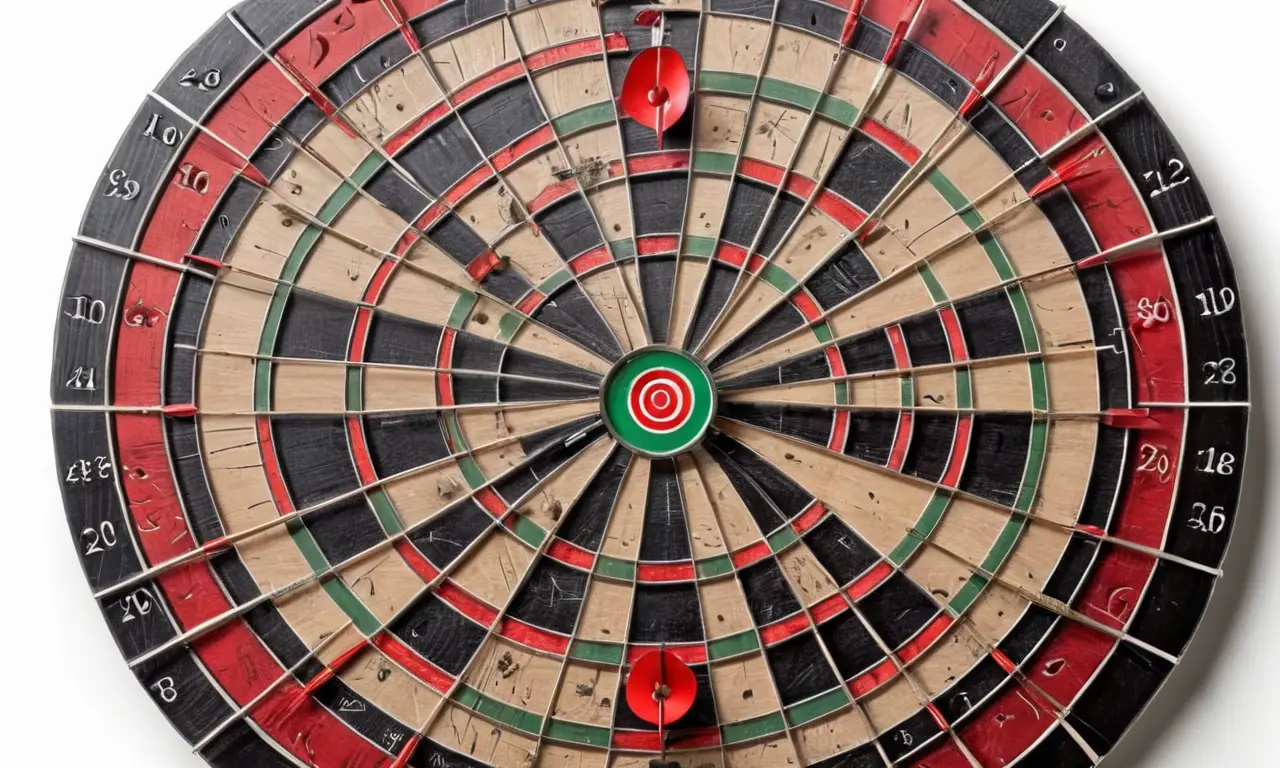
The world of darts is captivating, blending skill, precision, and a touch of strategy. At its heart lies the dart board score system, a seemingly simple yet intricate framework that governs how points are awarded. Understanding this system is paramount for any dart enthusiast, whether you’re a casual player or aiming for competitive glory.
This article delves into the intricacies of the dart board score system, guiding you through its various components and strategic implications. We’ll explore the layout of the dartboard, decipher the meaning behind numbered segments and scoring zones, and equip you with the knowledge to calculate scores accurately. By the end, you’ll have a comprehensive grasp of how points are earned in darts, empowering you to elevate your game and strategize effectively.
Dartboard Layout & Scoring Zones
The classic dartboard is a circular target divided into numbered segments ranging from 1 to 20. Each segment represents a specific point value, contributing to the overall score. Beyond the numbered segments lie two crucial scoring zones: the inner bullseye and the outer bullseye.
Inner Bullseye & Outer Bullseye
The inner bullseye is a smaller circle at the center of the dartboard, awarding 50 points for a successful hit. Surrounding it is the outer bullseye, a larger ring that grants 25 points per hit. These bullseyes add an element of precision and strategy to the game, as landing a dart within these zones can significantly boost your score.
Numbered Segments & Point Values
The numbered segments on the dartboard are arranged in a specific pattern, with each number corresponding to a designated point value. Numbers 1 through 20 occupy the majority of the board, while the bullseyes reside at its center.
Doubles & Triples Ring System

Encircling the numbered segments is a double ring and a triple ring, adding another layer of complexity to the dart board score system. Landing a dart within the double ring awards double the point value of the corresponding segment, while hitting the triple ring grants triple the value.
Double & Triple Rings
These rings significantly impact scoring, allowing for higher point accumulation with precise throws. For example, hitting the double 20 awards 40 points, while landing a dart in the triple 20 yields a substantial 60 points. Mastering the art of hitting these rings is crucial for achieving high scores and outmaneuvering opponents.
Calculating Scores in Darts
Calculating scores in darts involves adding up the point values of each successful throw. The total score is determined by summing the individual segment values, double ring values, or triple ring values, depending on where the dart lands.
Example Score Calculation
Let’s say a player throws three darts: one landing in the triple 20, another in the double 10, and the final dart hitting the number 5. The score would be calculated as follows:
- Triple 20: 60 points
- Double 10: 20 points
- Number 5: 5 points
Total Score: 60 + 20 + 5 = 85 points
Strategic Dart Throwing Techniques

Beyond understanding the dart board score system, strategic dart throwing techniques are essential for success. Players employ various strategies to maximize their scores and gain an advantage over opponents.
Aiming & Precision
Accurate aiming is fundamental in darts. Players focus on specific segments, utilizing proper grip, stance, and release technique to ensure consistent accuracy.
Bullseye Targeting
Targeting the bullseyes can significantly boost scores. Players often aim for the inner bullseye for its higher point value, while strategically using the outer bullseye as a backup option.
Segment Selection & Scoring Patterns
Choosing specific segments based on their point values and strategic positioning is crucial. Players may opt for high-scoring segments like triple 20 or double 18, or utilize lower-scoring segments to build up points gradually.
Conclusion
Mastering the dart board score system is a fundamental step in becoming a proficient darts player. Understanding the layout of the dartboard, the point values assigned to each segment, and the impact of doubles and triples is essential for accurate scoring and strategic gameplay. By honing your aiming skills, employing effective throwing techniques, and developing a keen understanding of scoring patterns, you can elevate your darts game and achieve success on the board.
